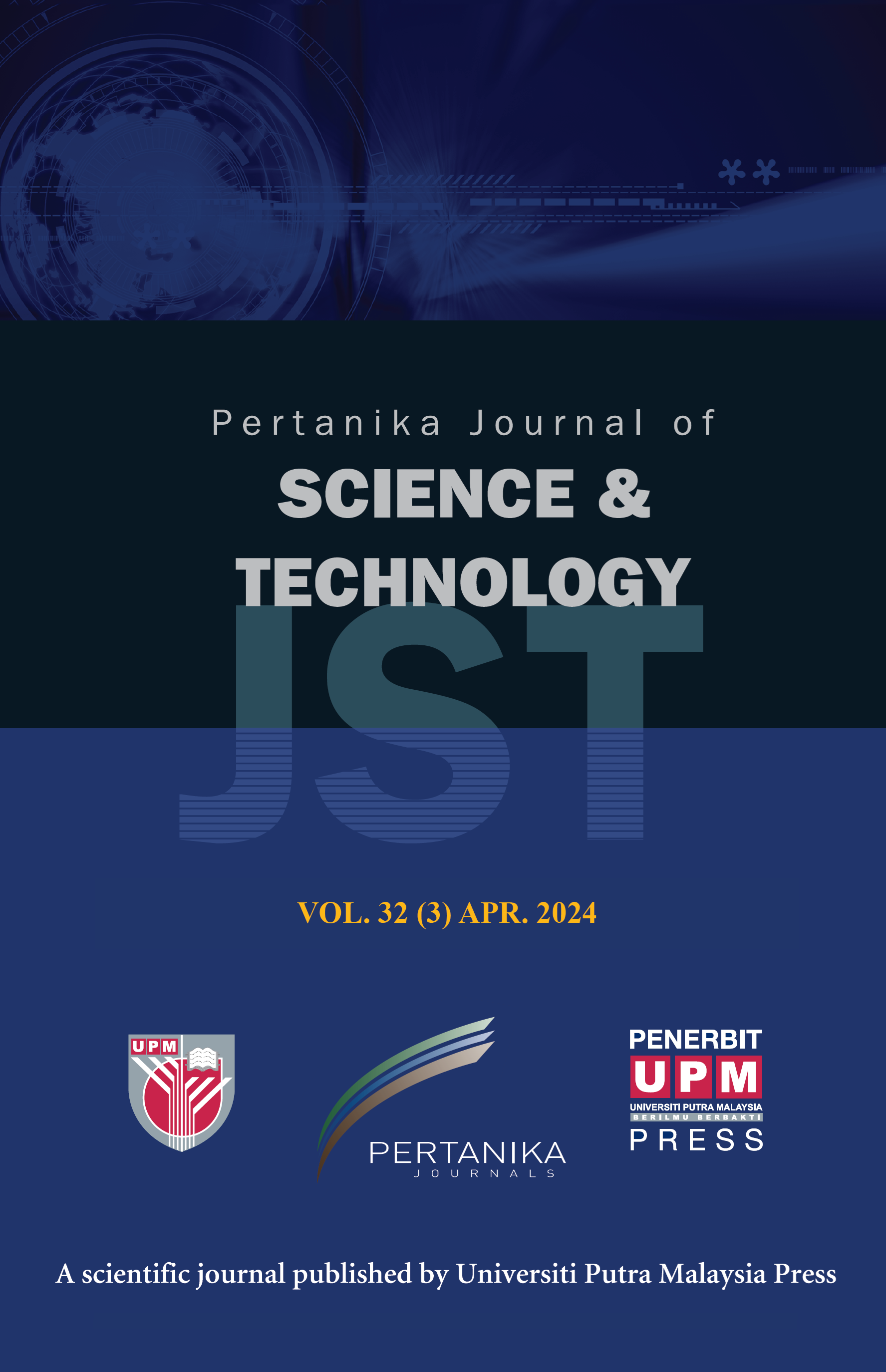PERTANIKA JOURNAL OF SCIENCE AND TECHNOLOGY
e-ISSN 2231-8526
ISSN 0128-7680
Stochastic Distribution of Channel Allocation Algorithm for 5G and Future Generation Ultra-dense Networks Applications
Joseph Sunday Ojo, Olalekan Lawrence Ojo and Stephen Adebayo Olu-Ojo
Pertanika Journal of Science & Technology, Pre-Press
DOI: https://doi.org/10.47836/pjst.33.4.11
Keywords: Channel algorithm technique, 5G network, fractional frequency reuse, future generation, local network, mobile telecommunications, stochastic distribution, ultra-dense environment
Published: 2025-07-04
Channel allocation technique (CAT) is a crucial tool for assigning channels to cells in mobile telecommunication networks. It ensures scalability and meets the increasing demand for quality services in fifth-generation (5G) and future networks like sixth-generation (6G). However, multi-access channels in CAT can lead to inter-system interference, requiring enhanced spectral efficiency through advanced long-term evolution (LTE-A) technologies. This study evaluates stochastic CAT distribution in ultra-dense tropical environments, emphasizing its potential to support 6G’s higher capacity and ultra-low latency of one microsecond. The evaluation is based on the LTE-A network model in the network simulation environment (NS3), testing with various network loads (i.e., the number of users) and typical mobile network providers (Operators A, B, and C). The goal is to assess the impact of inter-cell interference on LTE/LTE-A system performance using algorithms like soft frequency fractional reuse (SFFR), soft frequency reuse (SFR), and dynamic frequency fractional reuse (DFFR). Results from simulations comparing fractional frequency reuse techniques indicate that CAT improves signal quality for users. Further research reveals that SFFR is less flexible and performs poorly in the system, while SFR and DFFR reduce interference between cells, enhancing performance at cell edges. Additionally, among mobile service providers in Nigeria and based on random user distribution, Operator A delivers superior quality of service compared to Operators B and C, reflecting better system performance over larger areas.
ISSN 0128-7702
e-ISSN 2231-8534
Share this article

